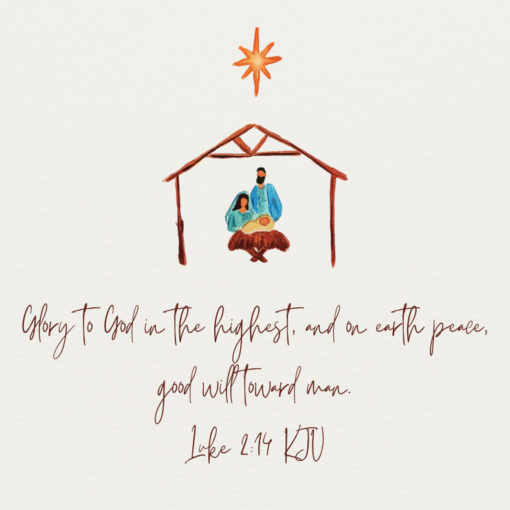My kids were busy putting together their outfits last night before they had to get to bed. The twins had already finished making their leprechaun traps earlier in the evening and now focused on color coordinating their outfits with every shade of green possible. This morning my son made it known that he didn’t care he had no green anywhere to be seen. I am sure many of your homes, especially if you have young kids, were similarly making preparations for St. Patrick’s Day.
This holiday has seemed to gain much momentum over the years. I remember wearing green as a child and hearing of the Chicago River being dyed green but it almost seems that St. Patrick’s Day now rivals and gains as much attention as Valentine’s Day. There are many traditions that are observed for this day and all of them seem to revolve around a stereotype associated with the Irish. Who is the real man that this holiday is named after?
St. Patrick’s Confessio is a writing that many agree can be attributed as his own. St. Patrick started his Confessio this way, “My name is Patrick. I am a sinner, a simple country person, and the least of all believers.” Later he writes about his experience as a 16 year old boy and being taken captive as a prisoner. He also noted that at that time of his life he “did not know the true God.” He was taken to Ireland as a prisoner and looked at this experience as a means that God used to awaken him to true faith.
Eventually Patrick escaped to freedom but he would later return to Ireland to spread the gospel. There are many stories that circulate about his methods of proclaiming the gospel. One of those stories is that St. Patrick used a three-leaf clover to explain the Trinity. I have even read stories that claim St. Patrick was responsible for driving all the snakes out of Ireland.
While these claims are fascinating, there is something more impactful that sticks out from his own words. He wrote, “That is why I cannot be silent – nor would it be good to do so – about such great blessings and such a gift that the Lord so kindly bestowed in the land of my captivity. This is how we can repay such blessings, when our lives change and we come to know God, to praise and to bear witness to his great wonders before every nation under heaven.”
The real St. Patrick was a man that recognized he was a sinner and that God worked on his behalf. He recognized that God delivered him from his captivity in Ireland and also his captivity to sin. St. Patrick saw God move on his behalf in what most would consider a dark period in his life. He also wrote these words, “Although I am imperfect in many ways, I want my brothers and relations to know what I am really like, so they can see what it is that inspires my life.” The real St. Patrick was a man that understood it is faith that guides our lives, not luck.
By: Shawn M. Tipton M.Div



